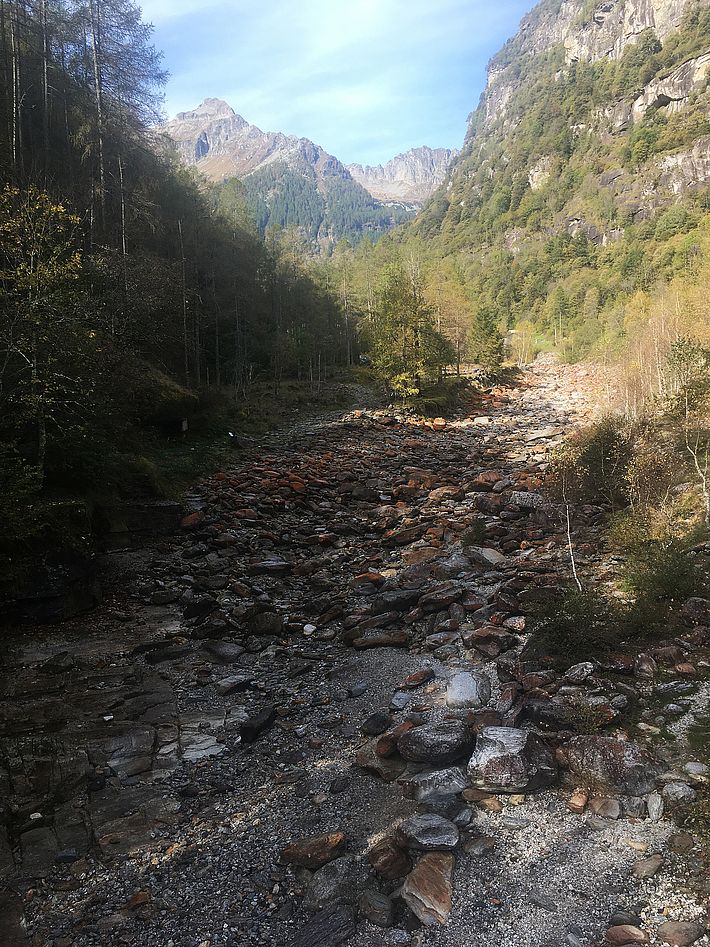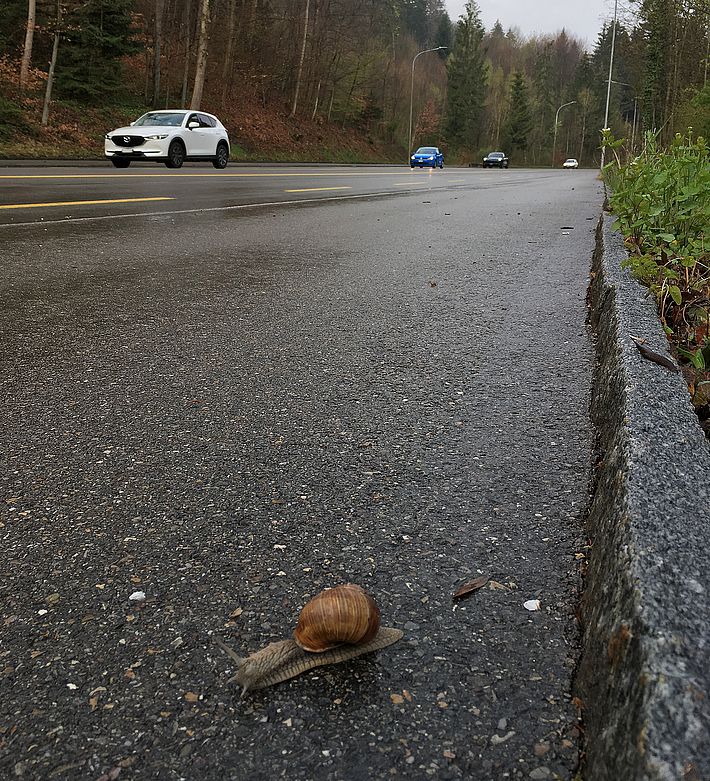24.08.2020 | Reinhard Lässig / Marcel Falk (scnat) | News WSL | Medienmitteilung scnat
Over 160 subsidies in different areas not only support a variety of political goals but at the same time damage biodiversity, as researchers from the Swiss Federal Research Institute WSL and the Biodiversity Forum of the Swiss Academy of Sciences demonstrate in a study published on Monday. This is despite the fact that Switzerland has committed itself under the Convention on Biological Diversity to adapting or abolishing biodiversity-damaging subsidies by 2020.
The earmarking of transport charges for further transport investment, support for small hydroelectric power stations, reduced tax rates on mineral oil, tax deductions for the under-use of residential property, and many more: the Confederation, the cantons and the municipalities between them administer over 160 subsidies which, while promoting their intended objectives, at the same time damage biodiversity. In addition to direct payments from the public purse, the subsidies also encompass foregone revenues, e.g. through tax reductions, and non-internalised external costs. The subsidies mainly relate to transport, agriculture, energy production and settlement development policy. "The biodiversity crisis could be alleviated if subsidies were only granted when it can be demonstrated that they do not impair biodiversity," says Irmi Seidl (WSL). One endangered.
The subsidies identified are not only ecologically problematic, but also economically inefficient: subsidies can cause initial damage which then often requires further public funding to remedy - as well as further funding for biodiversity support in many instances. And the costs are increasing: in 30 years' time, according to the Federal Office for the Environment BAFU, the decline in ecosystem services such as fertile soil or clean water is expected to cost around four percent of GDP.
In order to slow down the decline in biodiversity and to comply with the Swiss Biodiversity Strategy, the government has to reconfigure or abolish harmful subsidies, the researchers write. And they have drawn up concrete recommendations. "Biodiversity" should be included as a new evaluation criterion in the regular review of subsidies provided for in the Subsidies Act. This applies not only to the Confederation, but also to the cantons and municipalities. Furthermore, the earmarking of transport charges for further transport investment should be abolished, or at least relaxed, so that some of the funds can be used elsewhere. Agricultural basic payments should be made conditional on requirements that promote biodiversity. In line with the Swiss Energy Strategy, subsidies forsmall hydropower plants should be used more effectively than hitherto, and tax deductions for mineral oil use should only be granted in exceptional cases. The tax deduction for under-use of residential property should be abolished, which would reduce the demand for land and with it the pressure for further zoning and construction - thus benefiting near-natural habitats.
The researchers, based at the Swiss Federal Research Institute WSL and the Biodiversity Forum of the Swiss Academy of Sciences, have identified and quantified biodiversity-damaging subsidies, assessed the degree of damage they cause, and estimated how easy it would be to change them in each case. The study was supported by Pro Natura, BirdLife Switzerland and the Temperatio Foundation.
SCNAT – network of knowledge for the benefit of society
The Swiss Academy of Sciences (SCNAT) and its network of 35 000 experts works at regional, national and international level for the future of science and society. It strengthens the awareness for the sciences as a central pillar of cultural and economic development. The breadth of its support makes it a representative partner for politics. The SCNAT links the sciences, provides expertise, promotes the dialogue between science and society, identifies and evaluates scientific developments and lays the foundation for the next generation of natural scientists. It is part of the association of the Swiss Academies of Arts and Sciences.




Contact ¶
Marcel Falk
Akademie der Naturwissenschaften Schweiz (SCNAT)
Leiter Kommunikation
marcel.falk(at)scnat.ch
+41 31 30 6 9 3 20
Bern
Dr. Daniela Pauli
Akademie der Naturwissenschaften Schweiz (SCNAT)
Leiterin Forum Biodiversität Schweiz
daniela.pauli(at)scnat.ch
+41 31 30 6 9 3 40
Bern
Links ¶
Study "Biodiversitätsschädigende Subventionen in der Schweiz" (Subsidies damaging biodiversity in Switzerland) (in German)
Fact-Sheet "Biodiversity damaging subsidies in Switzerland"
WSL-Research Unit Economics and Social Sciences (WISOZ)
Copyright ¶
WSL and SLF provide the artwork for imaging of press articles relating to this media release for free. Transferring and saving the images in image databases and saving of images by third parties is not allowed.

